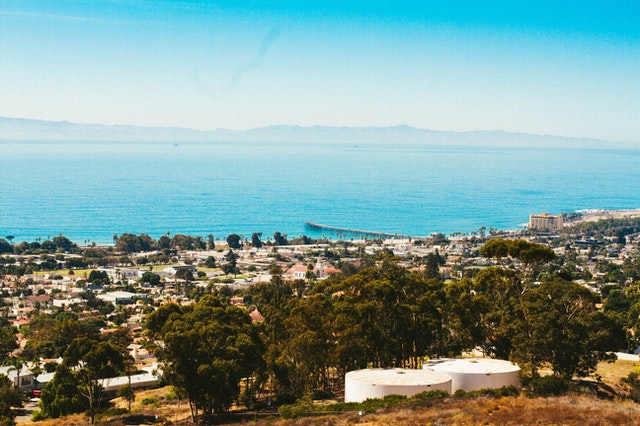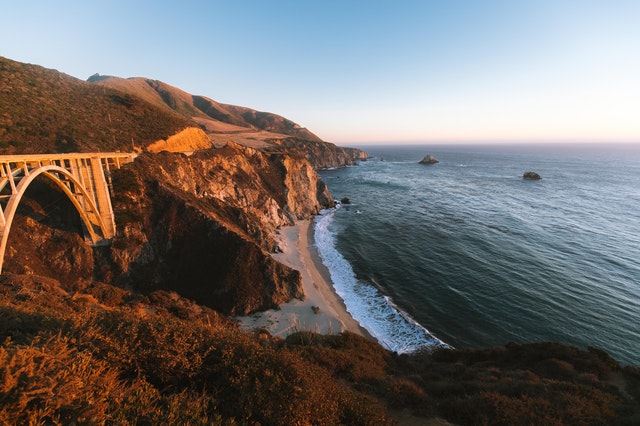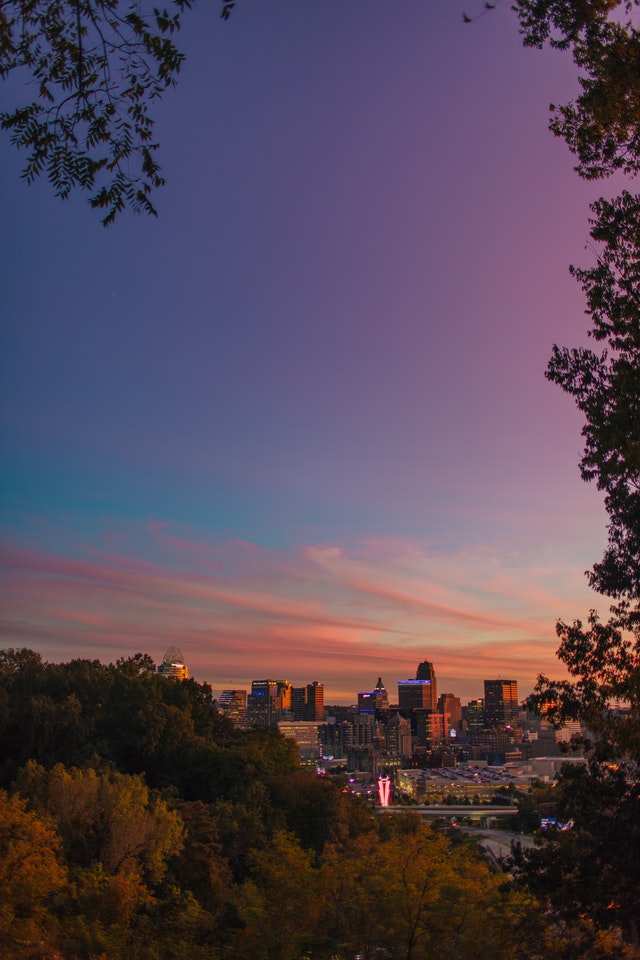Heading West to California
Heading West
By John krizek
What made America’s early pioneers want to pull up stakes and embark on a perilous journey into the unknown West? Why did they sell their property, load their belongings onto wagons, say good bye to their friends, and head for California?
Most of the first travelers to the West were simply farm families looking for land and opportunity, Later, during the gold rush of the mid-nineteenth century, many went west with the hope of getting rich. Whatever the reasons, all of the early settlers of the American West were willing to take risks to find a better life for themselves and their families.

Ever since the Revolutionary War, the American frontier had pushed steadily westward. That movement came to a halt, however, by about 1840, along what is today the western border of Missouri. There, the lay of the land changed. It no longer was covered with forests. Settlers could not simply chop down a few trees, build a house, and start a farm. The frontier landscape turned into sweeping prairie lands known today as the Great Plains (in those days, however, it was called the Great American Desert). It was Indian Territory, which meant that the land was beyond the safety or control of the U.S. government.
To the west of the plains were the Rocky Mountains. Somewhere beyond the Rocky Mountains was the Oregon Territory. News of fertile land there stirred excitement among the restless frontier settlers of the mid-1800s. To the south of the Oregon Territory was a land called California. Word of these abundant lands was carried east by missionaries and fur trappers.
Times were tough in the United States around 1840. Westward growth seemed to be held up at the Missouri border, malaria-carrying mosquitoes were thick along the rivers there, and the country was in a recession. People were ready for opportunities that would improve their lives. Although wagon parties headed for California set out from the frontier in the early 1840s, back on the frontier, those planning new wagon train expeditions had no way of knowing the fate of these groups.


Pioneers to California realized they had a limited amount of time to make their long journey. They could not leave before May, when the grass on the prairie would be tall enough to feed the cattle. And they had to cross the western mountains before the winter snows. If all went well, the travelers had six months to reach their destination-more than two thousand miles from frontier to coastline. During the trip, they would have to ford rivers and streams, hunt buffalo and antelope for food (while carrying enough provisions to feed themselves when game was scarce), deal with stoppages for illness or broken wagons, be on the lookout for Indians, accommodate bad weather and other hazards, and remain near rivers so they could provide food and water for their animals.
In the spring of 1844, two wagon train parties combined and prepared to set out for the West Coast. The travelers planned to follow the Oregon Trail together, moving along the Platte River to the Rockies and across the mountains at South Pass as far as Fort Hall on the Snake River (in present-day Idaho). From there, one of the parties, Stephens-Townsend-Murphy group, would head south-west instead of northwest.
Beyond Fort Hall, though, there was no road-not even tracks-to California.
Despite the hardships, the Stephens-Townsend-Murphy party proved that it was possible to get wagons over the Sierra Nevada mountain range. The route those pioneers took was used later not only by tens of thousands of western settlers, but also by the first railroad across the United States and even today’s Interstate 80. Their first, exploring steps eventually became the tracks that other travelers followed, and their story embodies the American pioneer spirit.



